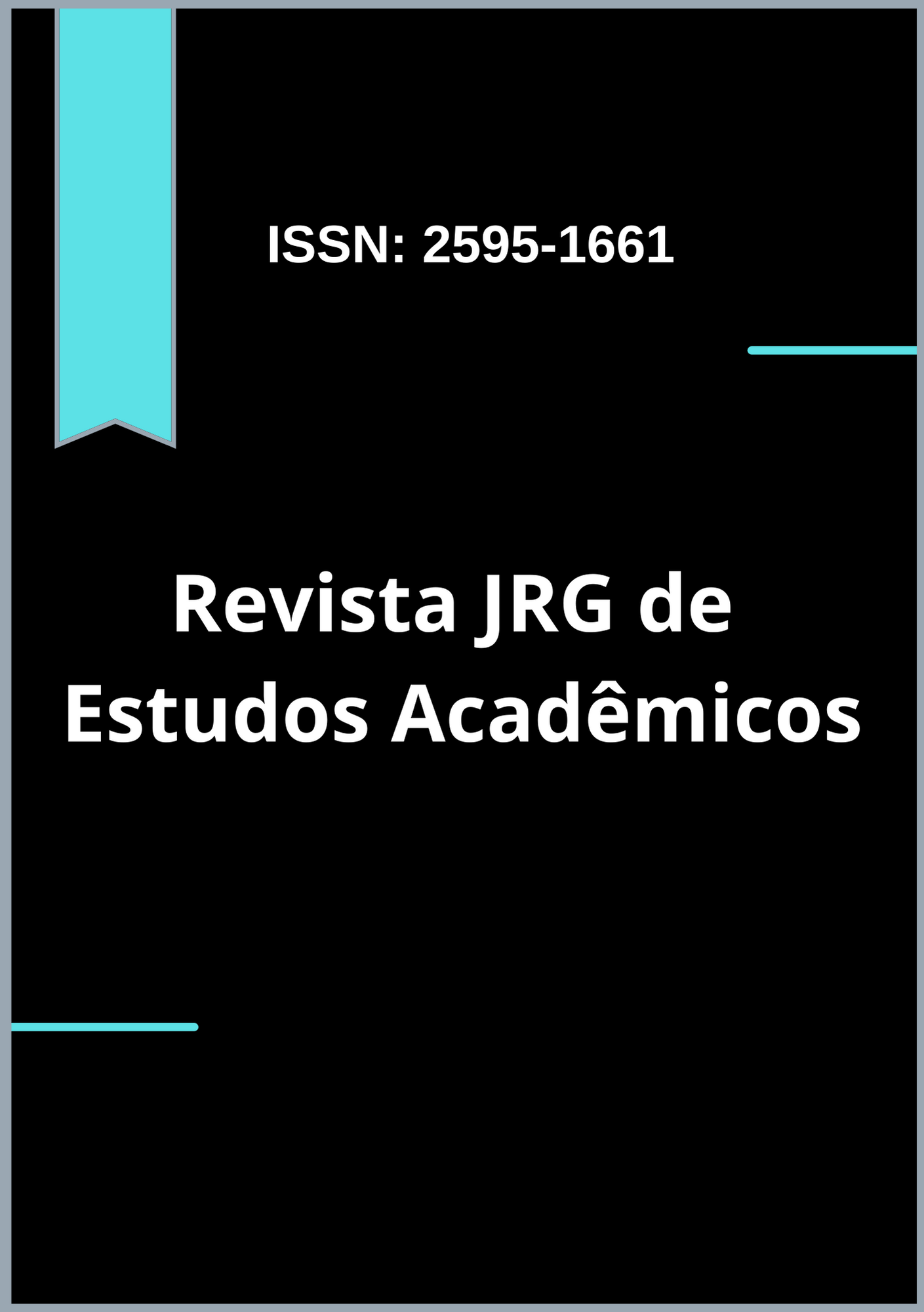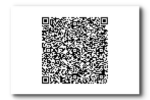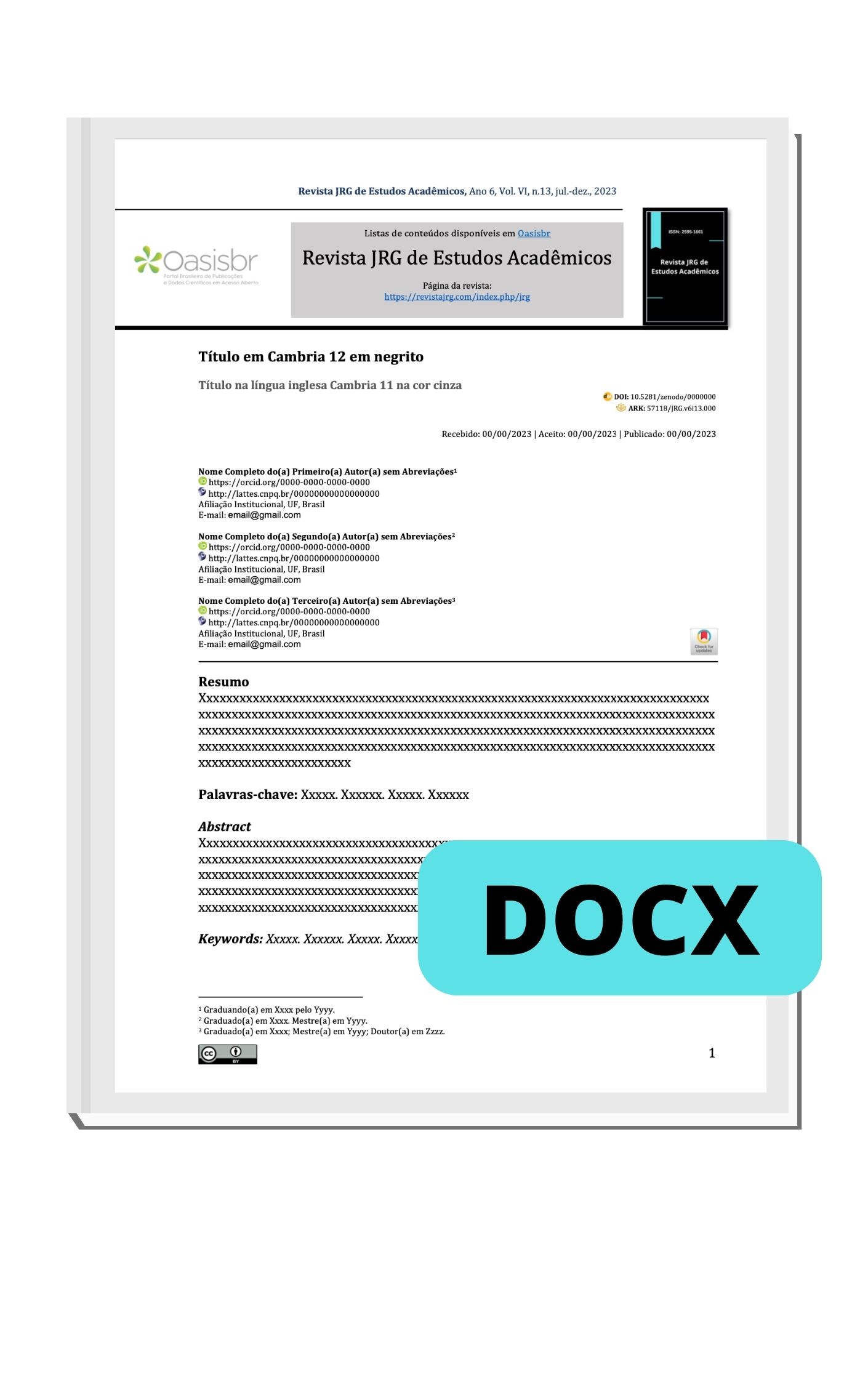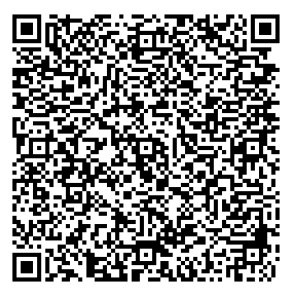Cyberstalking Moral Disengagement Scale (CMDS): Psychometric Parameters in Brazil
DOI:
https://doi.org/10.55892/jrg.v8i18.2072Keywords:
Moral disengagement, Cyberstalking, Validity, AccuracyAbstract
The aim of this study was to adapt and gather psychometric evidence for the Cyberstalking Moral Disengagement Scale (CMDS) in the Brazilian context. There were 217 people from different Brazilian regions (Midade = 27.89). The majority were from Piauí (37.3%) and Paraíba (24.1%), women (57.9%), who were either dating (38.2%) or married (28.6%). The Cyberstalking Moral Disengagement Scale (CMDS) and sociodemographic questions were applied. The results, using the Kaiser-Meyer-Olkin (KMO) index = 0.72 and Bartlett's Test (10) = 164,354; p < 0,001, made it possible to carry out an Exploratory Factor Analysis (EFA), which suggested a single-factor structure of the WCSD, with an eigenvalue of 2.19, which explained 43.97% of the total variance. The internal consistency index, measured by the Cronbach's alpha (α) and McDonald's omega (ω) coefficients, showed values of 0.66, which is considerably acceptable for research purposes. From the above, it can be concluded that the WCSD is a measure with adequate psychometric parameters, being a short and one-dimensional instrument. Furthe rmore, the instrument can be used in different studies to understand the mechanisms associated with moral disengagement.
Downloads
References
AHLGRIM, B.; TERRANCE, C. Perceptions of cyberstalking: Impact of perpetrator gender and cyberstalker/victim relationship. Journal of interpersonal violence, v. 36, n. 7-8, p. NP4074-NP4093, 2021. Disponível em: https://doi.org/10.1177/0886260518784590. Acesso em: 02 maio 2025.
BEGOTTI, T.; GHIGO, M. A.; MARAN, D. A. Victims of known and unknown cyberstalkers: A questionnaire survey in an Italian sample. International journal of environmental research and public health, v. 19, n. 8, p. 4883, 2022. Disponível em: https://doi.org/10.3390/ijerph19084883. Acesso em: 02 maio 2025.
BANDURA, A. et al. Mechanisms of moral disengagement in the exercise of moral agency. Journal of personality and social psychology, v. 71, n. 2, p. 364, 1996. Disponível em: https://psycnet.apa.org/buy/1996-06400-013. Acesso em: 02 maio 2025.
BANDURA, A. Selective moral disengagement in the exercise of moral agency. Journal of moral education, v. 31, n. 2, p. 101-119, 2002. Disponível em; https://doi.org/10.1080/0305724022014322. Acesso em: 02 maio 2025.
BLÖTNER, C. et al. The nomological network of the Short Dark Tetrad scale (SD4). European Journal of Psychological Assessment, 2021. Disponível em: https://doi.org/10.1027/1015-5759/a000655. Acesso em: 02 maio 2025.
DAMÁSIO, B. F.; DUTRA, D. F.; BAPTISTA, M. N. Análise fatorial exploratória (AFE) e teoria de resposta ao item via sofware factor. In: Faiad, C.; Batista, M. N.; Primi, R. (Orgs.). Tutoriais em análise de dados aplicada à psicometria. Porto Alegre: Vozes, 2021.
FISSEL, E. R. The reporting and help-seeking behaviors of cyberstalking victims. Journal of interpersonal violence, [S. I.], v. 36, n. 11-12, p. 5075-5100, 2021. DOI: https://doi.org/10.1177/0886260518801942. Disponível em: <https://journals.sagepub.com/do-i/10.1177/0886260518801942>. Acesso em: 02 set. 2023.
GHOLAMI, M. et al. From Dark Triad Personality Traits to Digital Harm: Mediating Cyberbullying Through Online Moral Disengagement. Deviant Behavior, p. 1-19, 2025. Disponível em: https://doi.org/10.1080/01639625.2025.2453445. Acesso em: 02 maio 2025.
HAIR, J. F.; SARSTEDT, M.; RINGLE, C. Rethinking some of the rethinking of partial least squares. European journal of marketing, [S. I.], v. 53, n. 4, p. 566-584, Apr. 2019. DOI: https://doi.org/10.1108/EJM-10-2018-0665. Disponível em: <https://www.emerald.com/insigh-t/content/doi/10.1108/EJM-10-2018-0665/full/html>. Acesso em: 02 set. 2023.
HAIR, J. F. et al. Primer on Partial Leal Squares Structural Equation Modeling (PLS-SEM). 3. Ed. Los Angeles: 2022. Acesso em: 02 set. 2023.
LI, H.; GUO, Q.; HU, P. Moral disengagement, self-control and callous-unemotional traits as predictors of cyberbullying: a moderated mediation model. BMC psychology, [S. I.], v. 11, n. 1, p. 1-11, 2023. DOI: https://doi.org/10.1186/s40359-023-01287-z. Disponível em: <https://bmc-psychology.biomedcentral.com/articles/10.1186/s40359-023-01287-z. Acesso em: 02 set. 2023.
MAFTEI, A.; BOSTAN, C.; ZAHARIA, D. Hostility and civic moral disengagement: Cognitive reappraisal and expressive suppression as moderators. Journal of Moral Education, [S. I.], v. 50, n. 2, p. 202-218, 2019. Disponível em: https://doi.org/10.1080/03057240.2019.1691512. Acesso em: 02 set. 2023.
MARCH, E. et al. Passive, invasive, and duplicitous: Three forms of intimate partner cyberstalking. Personality and individual differences, [S. I.], v. 189, p. 111502, Apr. 2022. DOI: https://doi.org/10.1016/j.paid.2022.111502. Disponível em: <https://www.sciencedirect.com/sci-ence/article/abs/pii/S0191886922000058>. Acesso em: 02 set. 2023.
NOCERA, T. R. et al. Dark personality traits and anger in cyber aggression perpetration: Is moral disengagement to blame?. Psychology of Popular Media, v. 11, n. 1, p. 24, 2022. Disponível em: https://psycnet.apa.org/doi/10.1037/ppm0000295. Acesso em: 02 maio 2025.
PACIELLO, M. et al. The role of traditional and online moral disengagement on cyberbullying: Do externalising problems make any difference?. Computers in Human Behavior, v. 103, p. 190-198, 2020. Disponível em: https://doi.org/10.1016/j.chb.2019.09.024. Acesso: 02 maio 2025.
PASQUALI, L. TEP – Técnicas de exame psicológico: os fundamentos. 2. ed. São Paulo: Vetor editora, 2016. Acesso em: 02 maio 2025
SANTOS, W. S. dos; ARAÚJO, R. de C. R. Propriedades psicométricas. In: GORENSTEIN, C.; WANG, Y. (Orgs.). Instrumentos de avaliação em saúde mental. Porto Alegre: Artmed, 2024.
SILVA, P. G. N. et al. Intimate Partner Cyberstalking Scale (IPCS): evidências psicométricas no Brasil. Revista Iberoamericana de Diagnóstico y Evaluación-e Avaliação Psicológica, [S. I.], v. 2, n. 59, p. 5-17, 2021. Disponível em: http://dx.doi.org/10.21865/RIDEP59.2.01 Acesso em: 02 set. 2023.
SMOKER, M.; MARCH, E. Predicting perpetration of intimate partner cyberstalking: Gender and the Dark Tetrad. Computers in Human Behavior, [S. I.], v. 72, p. 390-396, July 2017. Disponível em: https://doi.org/10.1016/j.chb.2017.03.012. Acesso em: 02 set. 2023.
WILSON, C.; SHERIDAN, L.; GARRATT-REED, D. What is cyberstalking? A review of measurements. Journal of interpersonal violence, v. 37, n. 11-12, p. NP9763-NP9783, 2022. Disponível em: https://doi.org/10.1177/0886260520985489. Acesso em: 02 maio 2025.
ZHAO, L.; YU, J. A meta-analytic review of moral disengagement and cyberbullying. Frontiers in Psychology, [S. I.], v. 12, p. 681299, 2021. Disponível em: https://doi.org/10.3389/fpsyg.2021.681299. Acesso em: 02 maio 2025.









































